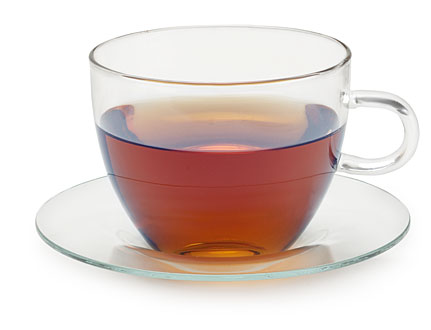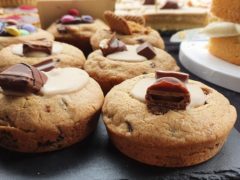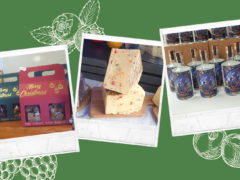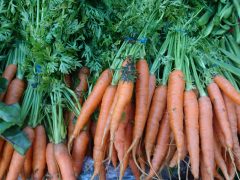 By John Roche – Malaysian Tea Company
By John Roche – Malaysian Tea Company
How to make a decent cup of tea? You would think that saying this to someone living in the UK would be an insult but I’ve seen it all go horribly wrong so many times that maybe a word to the wise is appropriate. So:
Rule #1. Use freshly drawn water boiled only once. Whilst the water is boiling use a bit to warm the receptacle in which the tea is to be brewed (cup for a tea bag or maybe a pot)
Rule #2. If you are using a cup bag make sure that it contains a decent quality tea. Tea bags do have a habit of tainting and weakening slightly the taste of the tea. We supply a double-chamber bag that does not over-brew but (like all tea bags) should be left to its own devices for at least three minutes. This allows the aromatic flavour of decent quality tea to infuse into the water whilst it is at its highest temperature.
If you are using a pot add one tea bag or tea spoon of loose-leaf tea per person and one extra tea for the pot.
Rule # 3. If you are brewing tea bags in a cup NEVER NEVER add the milk into the cup before the tea. For loose-leaf tea the reverse is true – some experts say that the tea can cook the milk first without spoiling the taste of the tea.
If you are adding milk or lemon to the tea-bagged cup add it after the bag has been removed as anything that cools the water impeded the infusion of the tea, and remember: NEVER NEVER squeeze the tea bag as you are removing it; our tea doesn’t produce too much film but squeezing a tea bag releases any tannins.
Advice:
Green tea is best drunk black; start out brewing it weakly until you get used to the taste. If you still can’t get used to it on its own try grating some ginger into the pot or adding ginger powder to the tea-bagged cup. If you prefer, vanilla essence can be used instead.
Loose-leaf green tea tastes nicer than the tea-bagged version and is better value as the pot will stand a top-up with fresh water.
Decaffeinated tea: We don’tproduce this type of tea as it requires a good deal of unnatural processing, something we are inclined against doing. Our blackcurrant tea is delicious and is naturally decaffeinated because (like all our fruit teas) the fruit is placed in front of the tea on the kiln rack during drying – allowing the warm air to become infused with the fruit flavour which then infuses itself into the tea leaves as they dry. In the case of some fruit teas (particularly blackcurrant) this causes a natural decaffeination process. We refuse to use cheaper methods to produce our fruit teas.
Fruit teas: It is worth looking at our web site before deciding on a fruit tea. On here we list the health benefits of each tea with Lemongrass being the best for the health conscious tea drinker. Fruit teas are best drunk black (although the Malaysians add milk to Strawberry tea)! By drinking this tea black, and because of the way that infusiontakes place in the drying kiln, the drinker receives separately the fruit taste and the taste of the high quality orange-pekoe tea used to create these refreshing teas.
Do not be afraid to make these teas hot and then allow them to cool to be drunk iced with a slice – especially our strawberry and lemon teas.
Bedtime tea: Most teas are considered unsuitablefor bedtime consumption because of the stimulating effect that tea can have. However our Lemongrass tea is a good substitute for camomile and aids a good nights sleep (and has a delightful taste).
Tea straining: If you purchase our Premium Gold tea this is a ‘fannings’ tea, meaning that the leaves have been cut to aid the brewing time. A (standard) fine mesh tea strainer is best and this tea cannot be used in an courseinfuser. Our Breakfast and Afternoon teas can use any pot brewing method.
Our loose-leaf green tea if carefully handled can be poured without a tea strainer. The fine quality single-estate leaves expand so much that they often cling to the pot as they are being poured.




